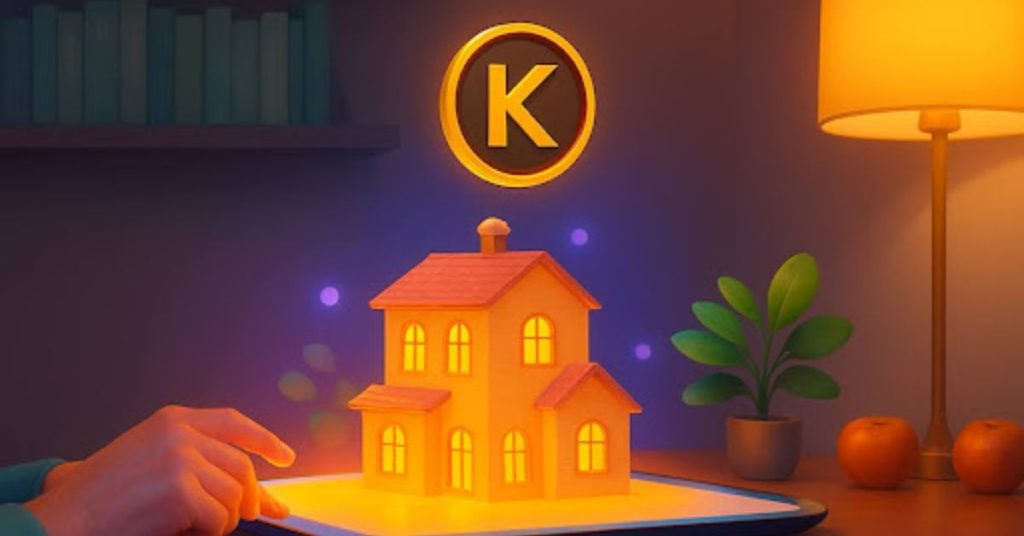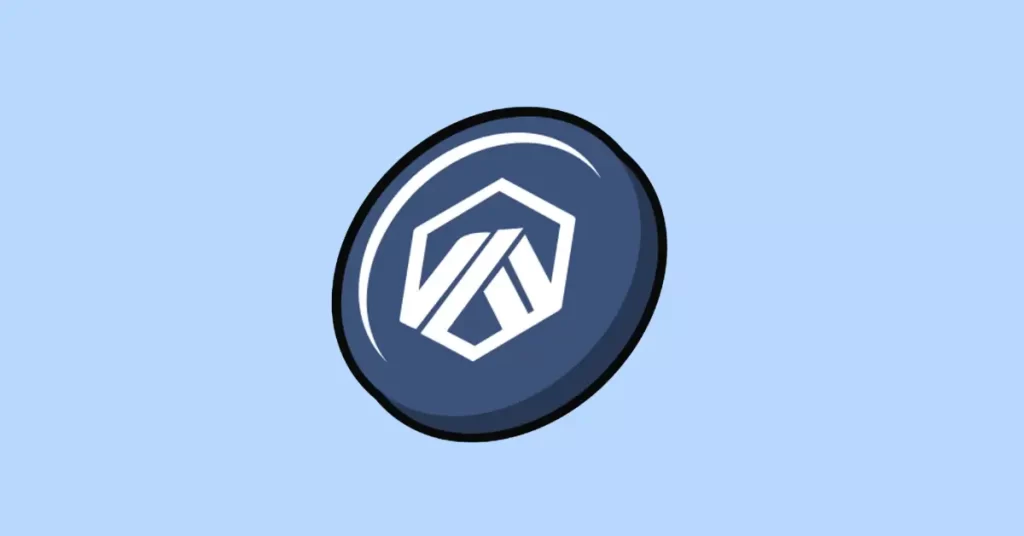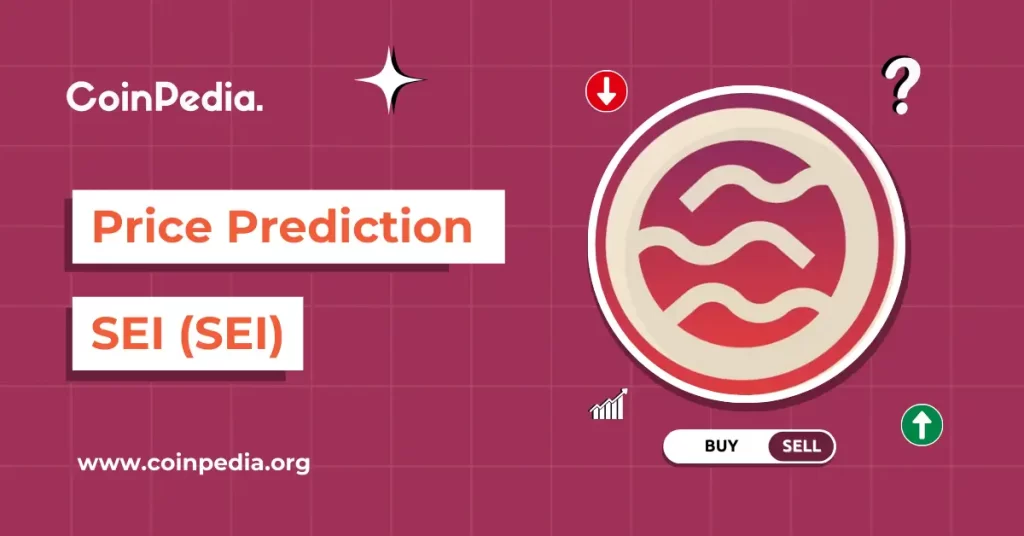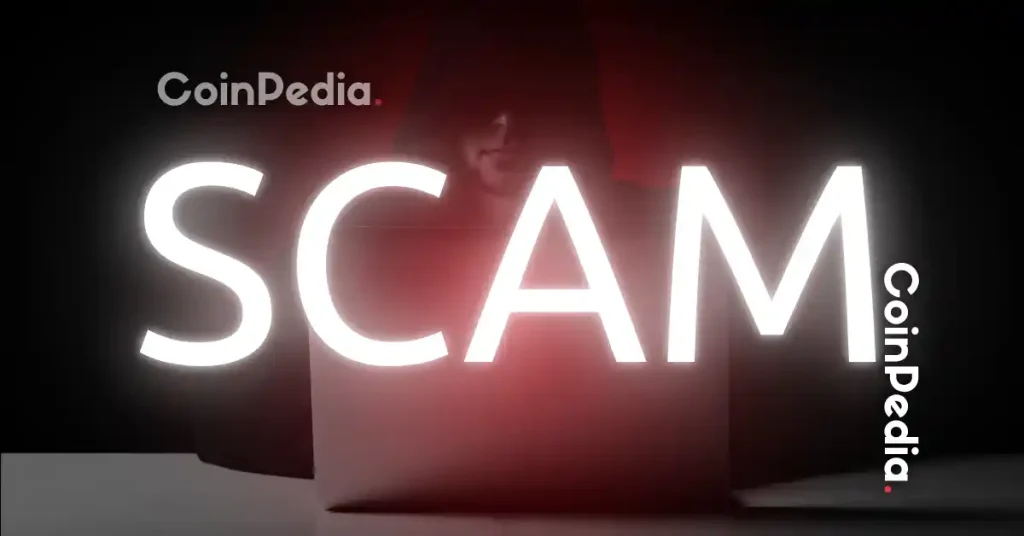Chainlink Leads the Charge: Tokenized Real Estate Revolution
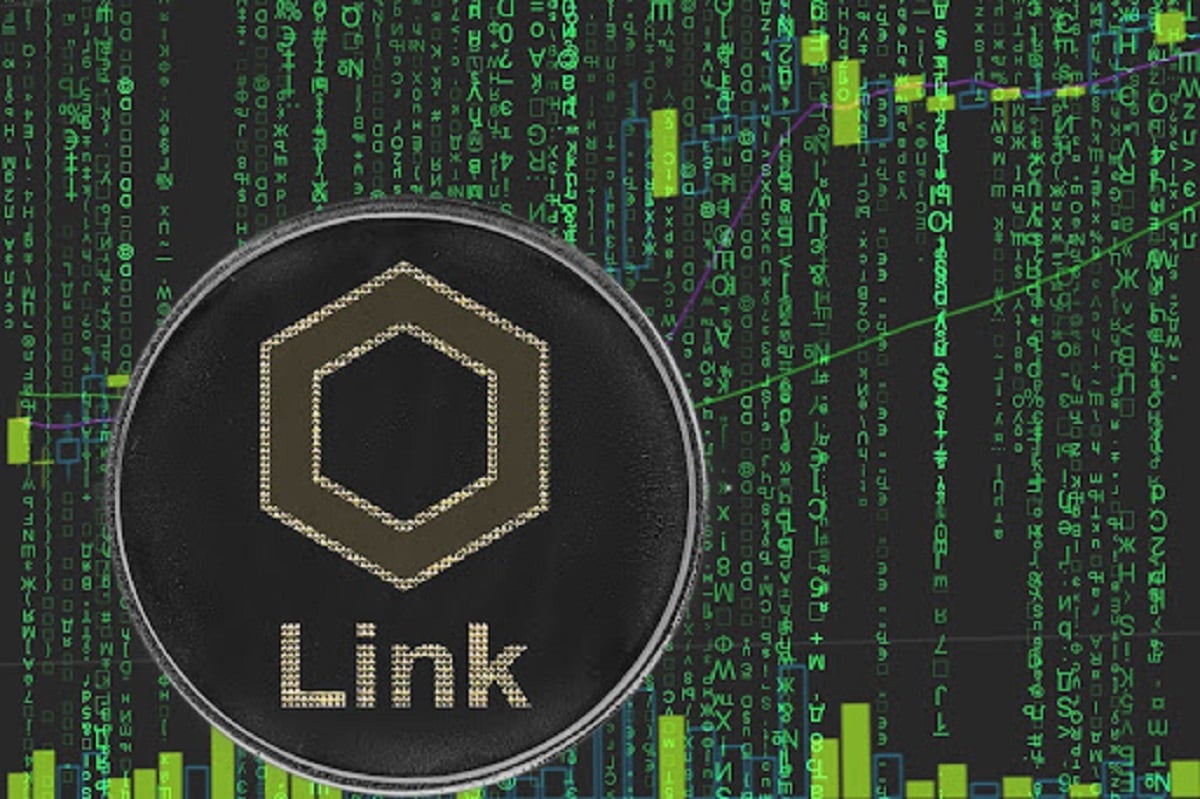
- Chainlink, a Web3 services platform, plays a crucial role in bridging blockchain technology with real-world assets by providing advanced connectivity tools.
- The Chainlink tools support the creation of dynamic NFTs (dNFTs) that automatically update critical property data, improving transparency and facilitating better information exchange between buyers and sellers.
Tokenized real estate refers to the representation of real-estate properties or their cash flows as blockchain tokens to enhance liquidity, streamline processes, and enable digital ownership. This innovative approach leverages blockchain technology, employing either non-fungible tokens (NFTs) or fungible tokens, based on the specific goals and nature of the asset being tokenized. Oracle service provider Chainlink has been playing a major role in the tokenization of real-world assets.
Here’s How Tokenized Real Estate Works:
- NFTs for Whole Properties: Non-fungible tokens are ideal when considering entire properties or groups of properties as single units. Each NFT will represent a property, which can encompass critical information such as past sales and addresses. Transferring the NFT equates to a change in property ownership.
- Fungible Tokens for Fractional Ownership: Fungible tokens help to fractionalize a property into multiple parts, allowing for partial ownership. For example, a single property could be divided into 100 tokens, each representing a fraction of the property.
Bridging the Gap Between Blockchain and Real-World Assets
A crucial aspect of tokenized real estate is maintaining a reliable connection between the digital token and the underlying physical property. Chainlink, a Web3 services platform, aids developers and entrepreneurs in bridging the gap between blockchains and real-world assets by offering advanced connectivity tools.
As a fundamental primitive of the onchain world, tokens aren’t just about finance.
Real estate can be tokenized as dNFTs with embedded data like identity, payment, and more verified using ZK proofs.
How #TokenizedAssets are transforming real estate: https://t.co/l0dLJpvs7X pic.twitter.com/VOAQjxfHfx
— Chainlink (@chainlink) June 9, 2024
Additionally, dynamic NFTS can further enhance the basic concept of tokenized real estate. These tokens can hold and automatically update critical property data such as renovations, improvements, and past sales. Web3 startups utilize Chainlink Functions—a straightforward development tool that links smart contracts to external APIs or datasets—to ensure that this information is always current. The Key benefits of the dynamic NFTs are:
- Automatic Data Updates: Dynamic NFTs provide continuous updates on property details, facilitating better information exchange between counterparties.
- Improved Transparency: Prospective buyers benefit from real-time access to property information, enabling more informed decisions.
By integrating these advanced technologies, tokenized real estate represents a transformative step in the real-estate market, offering enhanced liquidity, transparency, and efficiency in property transactions.
The LINK Price Action
Renowned crypto analyst Michael van de Poppe has identified Chainlink (LINK) as heavily undervalued at its current price point. Van de Poppe suggests that the cryptocurrency is at its cycle low, presenting a prime opportunity for investors to enter the market before potential gains.
According to van de Poppe, the market rotation typically begins in June, and historical data indicates that LINK has delivered substantial returns during this period. “In previous years, LINK has provided a 150% return,” van de Poppe noted, emphasizing the altcoin’s potential for strong performance in the upcoming months, reported Crypto News Flash.
